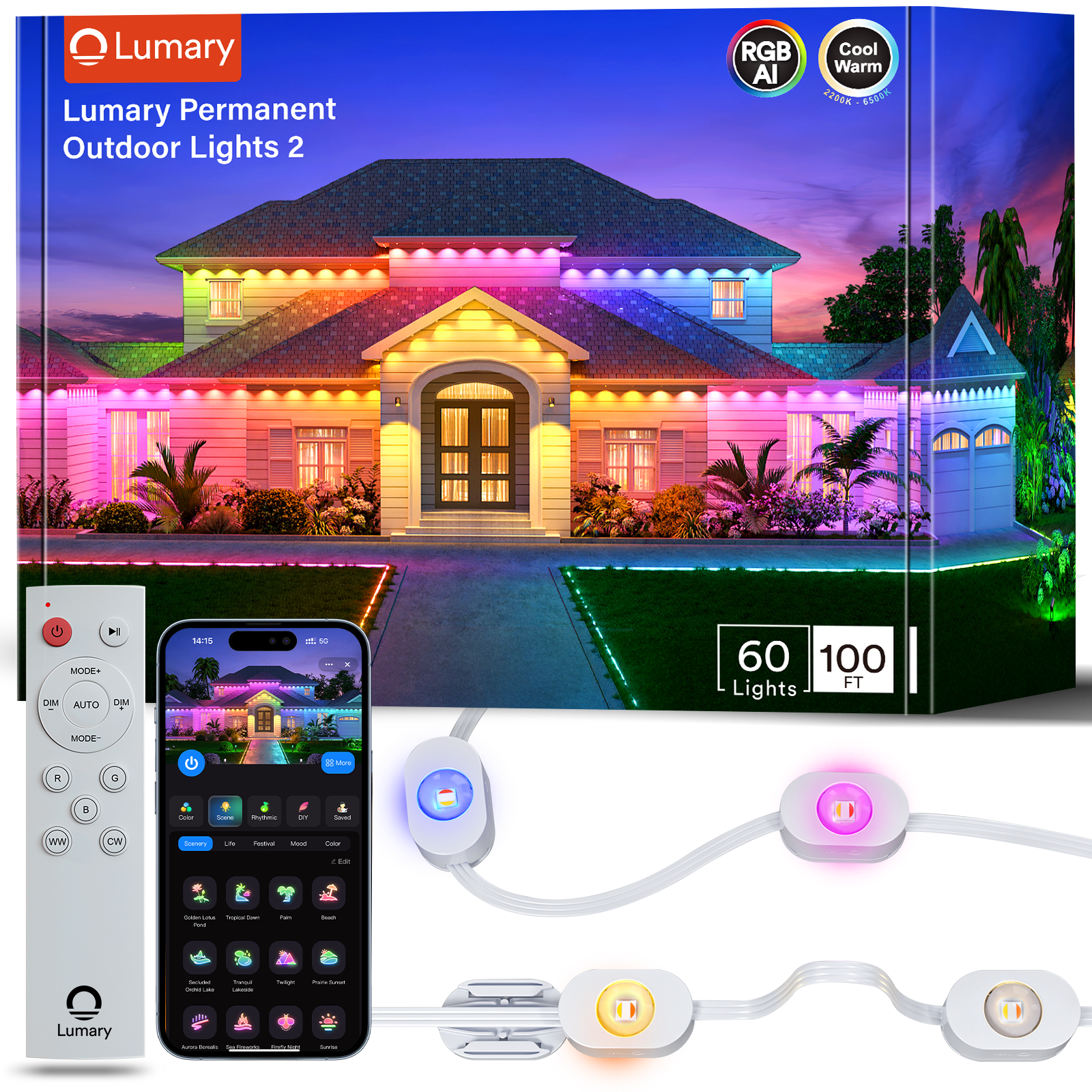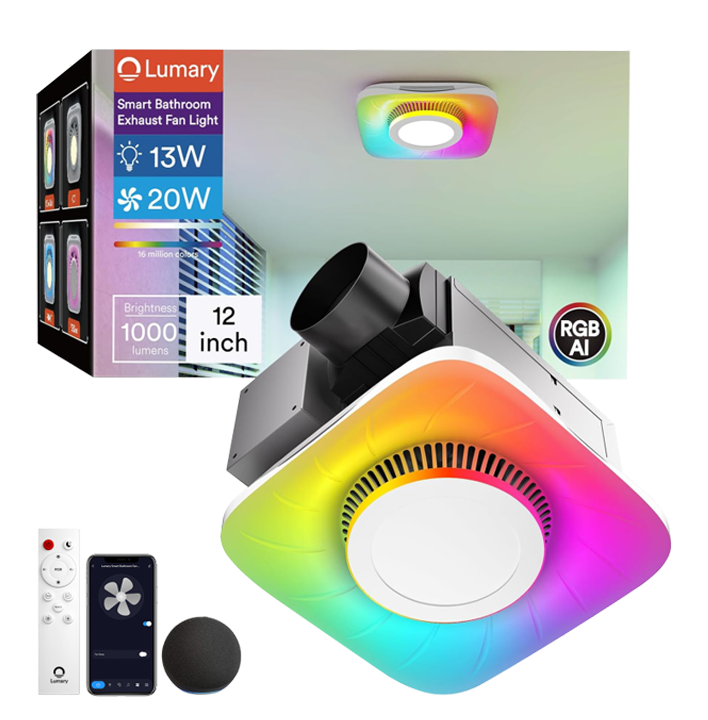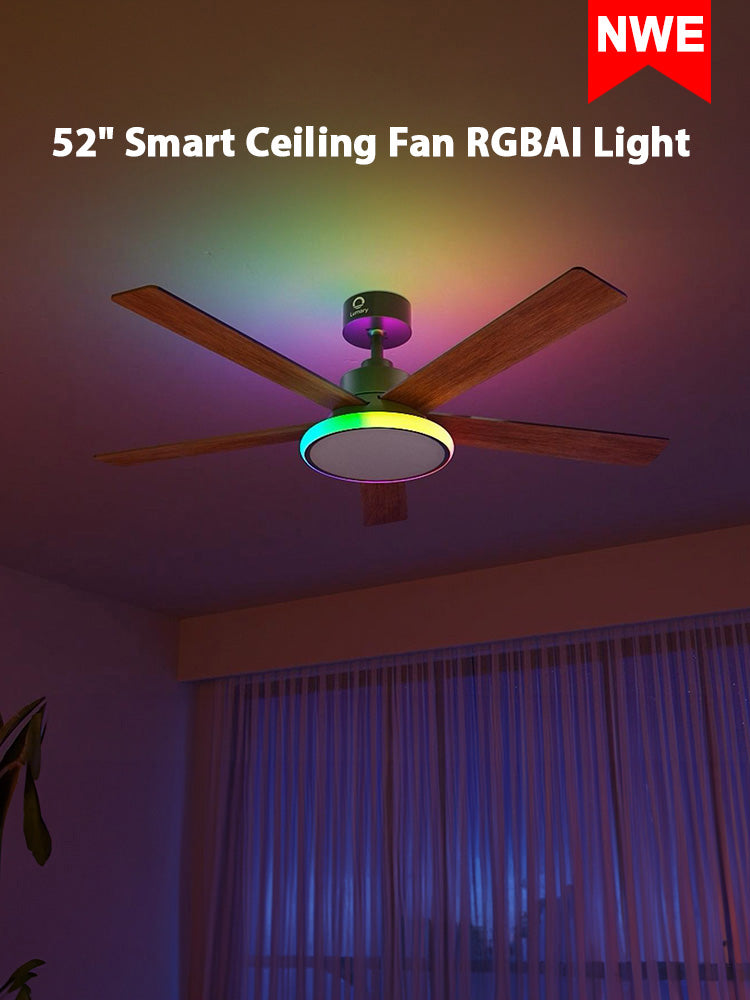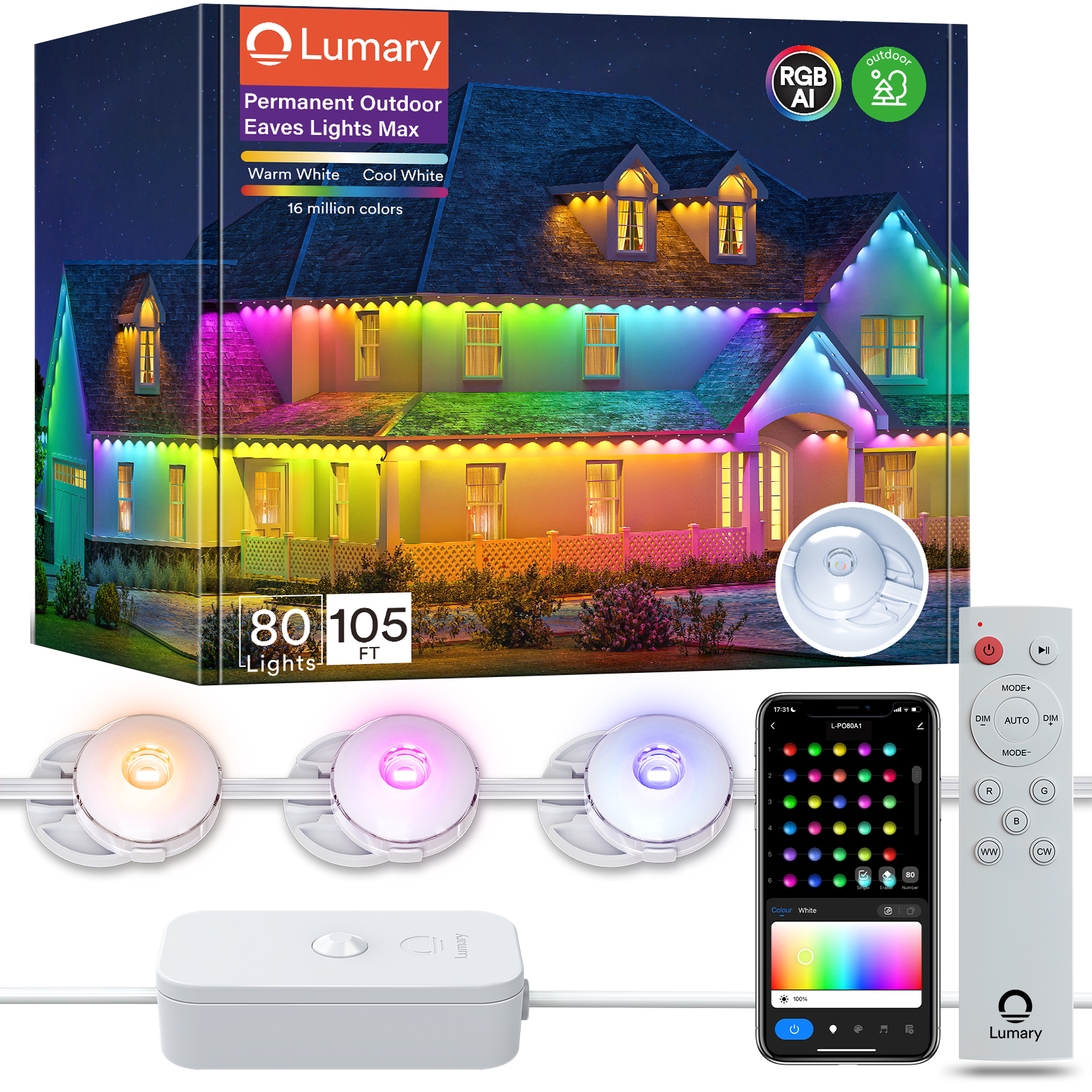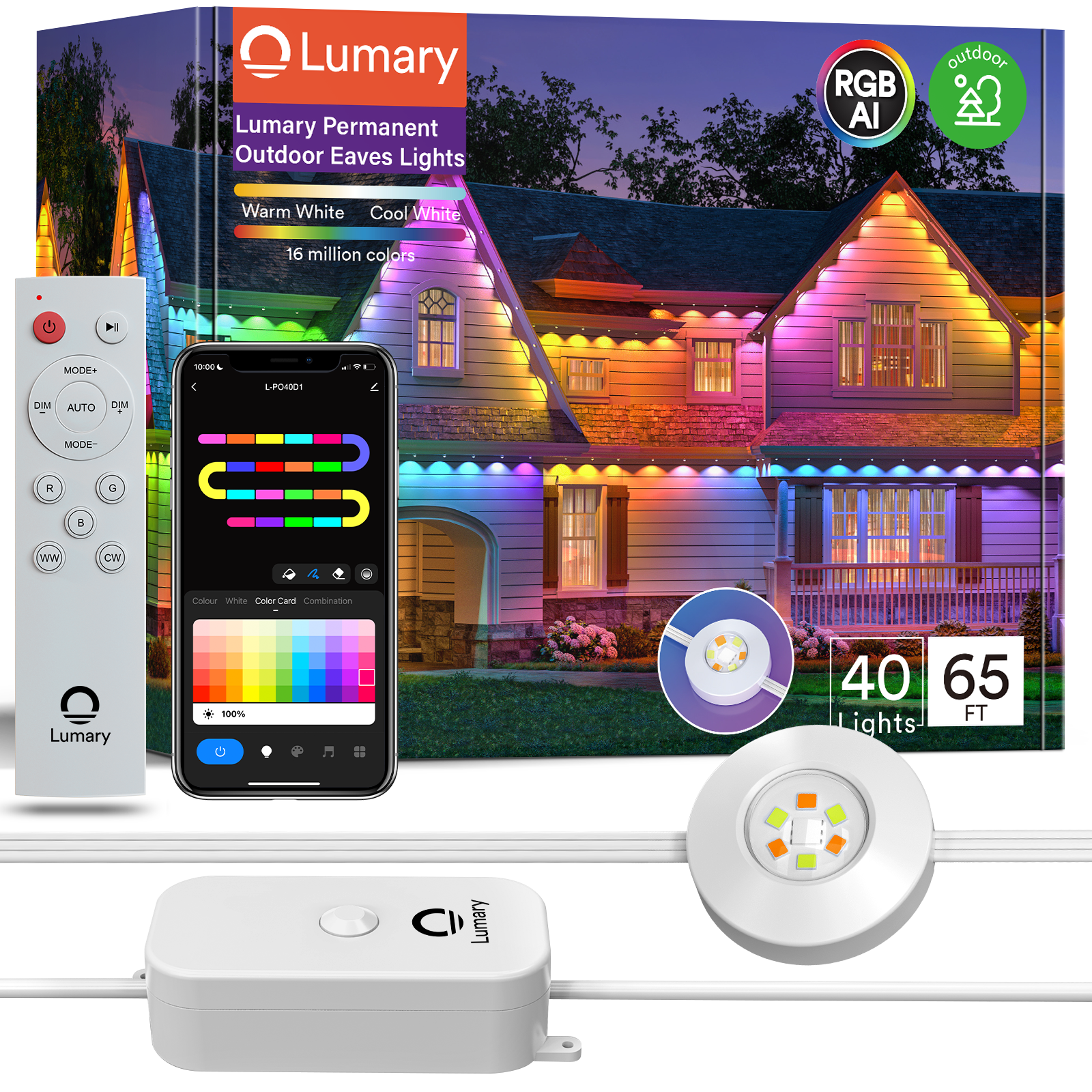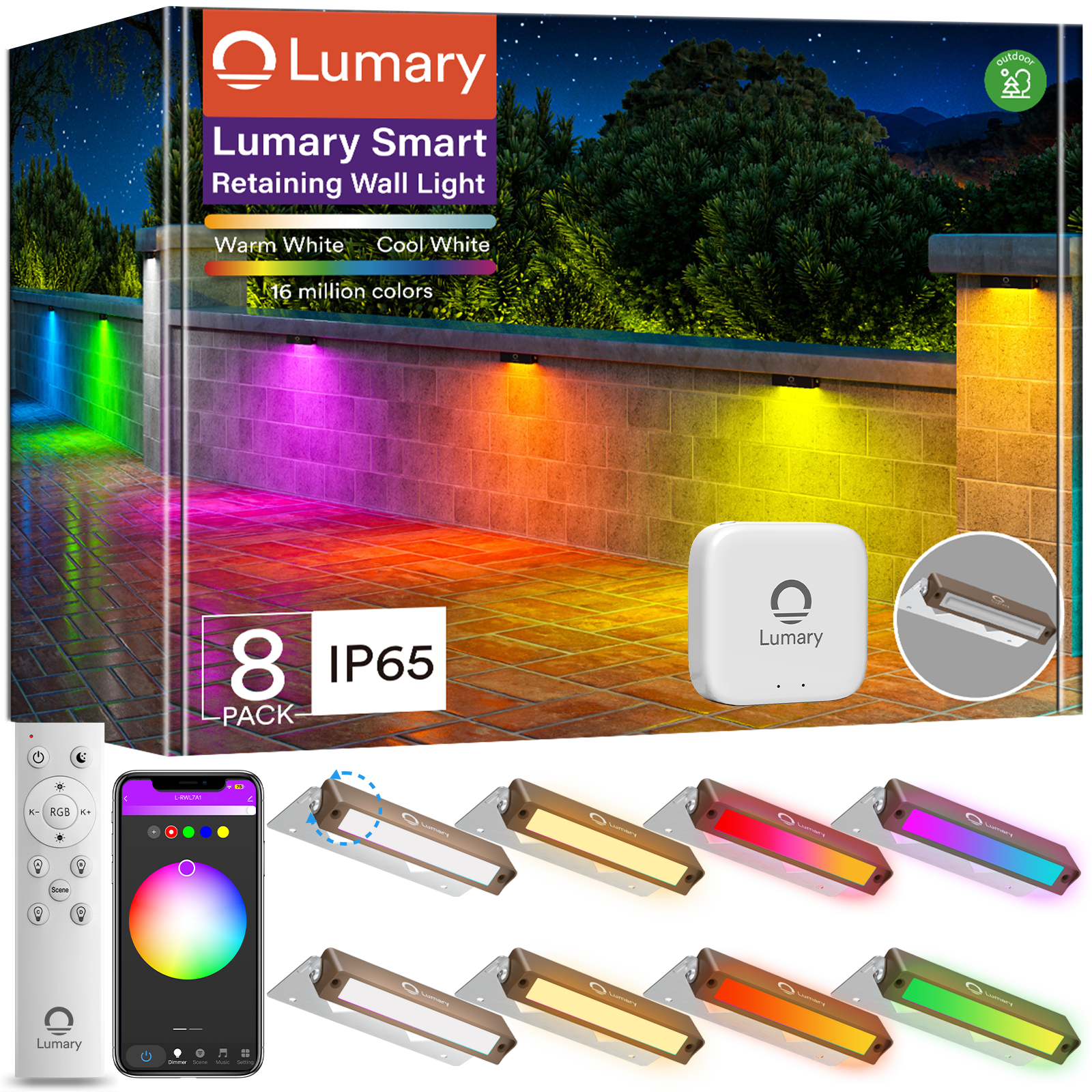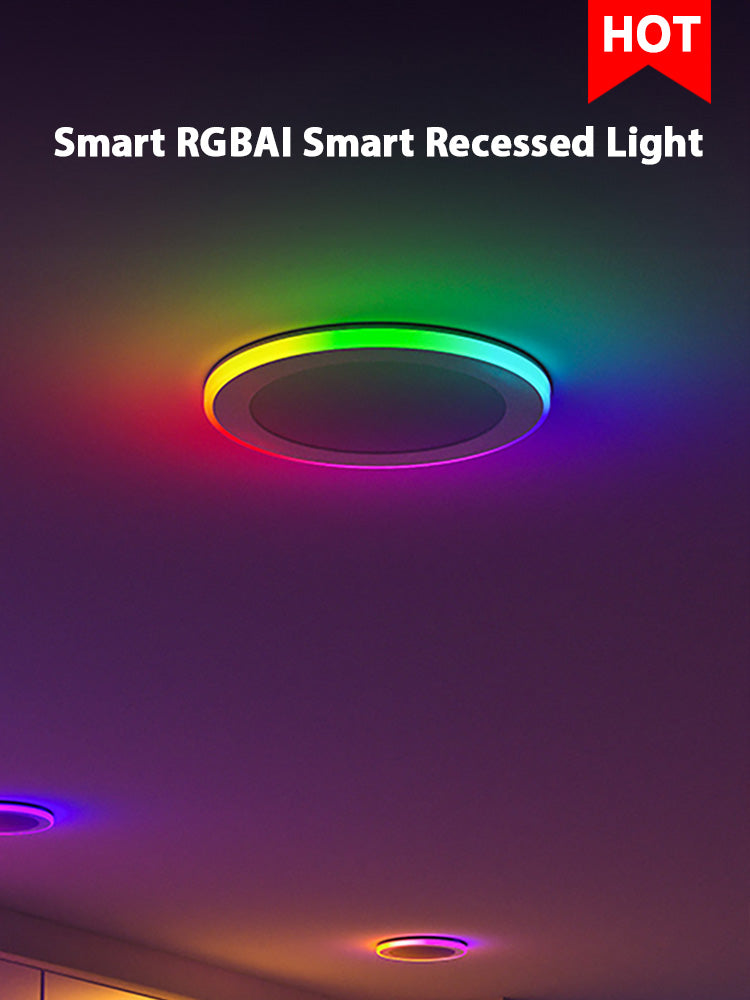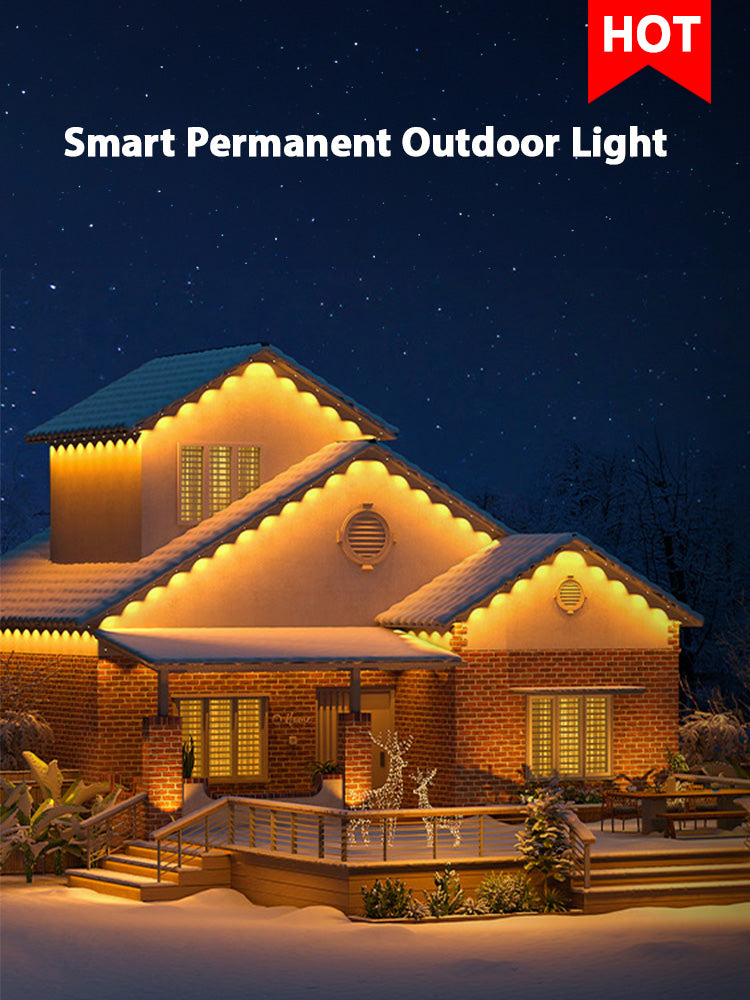Outdoor lighting plays a crucial role in enhancing the beauty and security of your home. Imagine controlling your lights with just a click—remote control functionality makes this possible. You can easily adjust settings, save energy, and create the perfect ambiance. Investing in outdoor light with remote control not only adds convenience but also helps you save money. Smart lighting can cut energy use significantly, potentially saving you up to $240 annually. Embrace this technology to transform your outdoor spaces into efficient, vibrant areas.
Key Considerations for Choosing Outdoor Lights

When selecting outdoor lights, you need to consider several factors to ensure you make the best choice for your needs. Let's dive into some key considerations.
Light Intensity
Understanding Lumens
Light intensity is crucial for outdoor lighting. You measure this intensity in lumens. The higher the lumens, the brighter the light. When choosing outdoor lights, pay attention to the lumens rating. It helps you understand how much light the fixture will emit. For example, a porch light might need fewer lumens than a security light.
Matching Intensity to Outdoor Space
You should match the light intensity to your outdoor space. A small patio may only need a few hundred lumens, while a large backyard might require several thousand. Consider the purpose of the lighting. Is it for ambiance, security, or task lighting? Each purpose might require different light intensities.
Battery Capacity
Types of Batteries
Battery capacity is another important factor. Outdoor lights often use different types of batteries, such as AA, AAA, or rechargeable lithium-ion. Each type has its pros and cons. Rechargeable batteries can save you money in the long run, while disposable ones might be more convenient for occasional use.
Estimating Battery Life
Estimating battery life helps you plan for maintenance. Check the manufacturer's specifications to see how long the batteries last. Some lights might last for weeks on a single charge, while others need frequent replacements. Consider how often you want to change or recharge the batteries.
IP Rating
Importance of Weather Resistance
The IP rating indicates how well the lights resist dust and water. Outdoor lights need a good IP rating to withstand weather conditions. A higher IP rating means better protection against the elements. This is especially important if you live in an area with harsh weather.
Choosing the Right IP Rating
Choose the right IP rating based on your environment. For example, an IP65 rating offers excellent protection against rain and dust. If your lights are exposed to heavy rain or snow, opt for a higher rating. This ensures your lights remain functional and safe throughout the year.
By considering these factors, you can select outdoor lights that meet your needs and enhance your outdoor spaces. Whether you're looking for ambiance, security, or functionality, understanding these key aspects will guide you in making an informed decision.
Design Style
Choosing the right design style for your outdoor lights can make a big difference in how your space looks and feels. Let's explore some key aspects to consider.
Aesthetic Considerations
When it comes to aesthetics, you want your outdoor lights to complement your home's architecture and landscape. Think about the overall theme of your outdoor area. Do you prefer a modern look or something more traditional?
-
Color and Finish: Select colors and finishes that blend well with your surroundings. Bronze or black finishes often work well with various styles.
-
Shape and Size: Consider the shape and size of the fixtures. Sleek, minimalist designs suit contemporary spaces, while ornate fixtures might fit a classic setting.
Remember, the right design can enhance your home's curb appeal and create a welcoming atmosphere.
Functional Design Features
Functionality is just as important as aesthetics. You want lights that not only look good but also serve their purpose effectively.
-
Adjustability: Look for lights with adjustable heads or angles. This feature allows you to direct light where you need it most.
-
Smart Features: Consider smart bulbs if you want individual control over each light. They offer flexibility in color and brightness, letting you customize your lighting experience.
Using actual bulbs is ideal if you want to control them individually or tweak the color of your home's lighting. Smart bulbs come in different sizes and shapes, so you're sure to find one for almost any fixture or lamp, whether outdoors or indoors.
By focusing on both aesthetic and functional design features, you can choose outdoor lights that not only illuminate your space but also enhance its beauty and usability.
Essential Features of Outdoor Light with Remote Control

When you're picking outdoor light with remote control, you want to make sure it has the right features to meet your needs. Let's explore some essential aspects that can enhance your lighting experience.
Remote Control Range
Factors Affecting Range
The range of your remote control is crucial. It determines how far you can be from the light and still control it. Several factors can affect this range:
-
Obstacles: Walls, trees, and other structures can block the signal. Make sure there's a clear line of sight between the remote and the light.
-
Interference: Other electronic devices might interfere with the signal. Keep your remote away from devices like Wi-Fi routers or microwaves.
-
Battery Strength: Weak batteries can reduce the range. Always use fresh batteries for optimal performance.
Testing Range Effectiveness
You should test the range of your outdoor light with remote control before finalizing its placement. Here's how:
-
Start Close: Begin by standing near the light and using the remote. Ensure it responds quickly.
-
Move Back: Gradually increase the distance between you and the light. Note the point where the remote stops working.
-
Adjust Placement: If the range is limited, consider repositioning the light or removing obstacles.
Testing helps you understand the effective range and ensures you can control your lights from your desired location.
LED Efficiency
Benefits of LED Technology
LED technology offers numerous advantages for outdoor light with remote control:
-
Energy Efficiency: LEDs use less power than traditional bulbs, saving you money on electricity bills.
-
Longevity: They last longer, reducing the need for frequent replacements.
-
Brightness: LEDs provide bright, clear light, enhancing visibility and security.
Comparing LED Efficiency
When choosing LEDs, compare their efficiency to ensure you're getting the best option:
-
Lumens per Watt: Higher lumens per watt indicate better efficiency. Look for LEDs with a high rating.
-
Color Temperature: Choose a color temperature that suits your needs. Warm white creates a cozy ambiance, while cool white offers a modern look.
By focusing on LED efficiency, you can enjoy bright, cost-effective lighting for your outdoor spaces.
Customization Options
Color and Brightness Settings
Customization is key when it comes to outdoor light with remote control. You want the ability to adjust color and brightness to suit different occasions:
-
Color Options: Some lights offer millions of colors. Use them to create festive or relaxing atmospheres.
-
Brightness Levels: Adjust the brightness to match your mood or activity. Dim the lights for a romantic evening or brighten them for a lively party.
Scheduling and Automation Features
Automation features add convenience to your outdoor lighting setup:
-
Scheduling: Set timers to turn lights on or off at specific times. This feature helps save energy and enhances security.
-
Smart Integration: Connect your lights to smart home systems like Alexa or Google Assistant. Control them with voice commands for hands-free convenience.
With these customization options, you can tailor your outdoor light with remote control to fit any occasion or preference.
Installation Tips for Optimal Performance
Proper Placement
Ensuring Even Light Distribution
You want your outdoor lights to shine evenly across your space. Start by identifying key areas that need illumination. Place lights at strategic points to cover the entire area. This approach helps avoid dark spots and ensures a balanced glow. Think about how the light will spread and adjust the angle if needed.
Avoiding Obstructions
Obstructions can block light and reduce effectiveness. Check for trees, walls, or other structures that might interfere. Position your lights where they have a clear path. This setup not only enhances brightness but also improves the overall look of your outdoor area.
Accessibility of Receiver Unit
Importance of Easy Access
Make sure you can easily reach the receiver unit. You’ll need to access it for maintenance or adjustments. Place it in a spot that’s convenient for you. This way, you won’t struggle when you need to make changes.
Protecting the Receiver from Elements
Outdoor conditions can be harsh. Protect the receiver from rain, snow, and extreme temperatures. Use weatherproof enclosures or covers. This protection ensures your lights work smoothly year-round and extends their lifespan.
By focusing on these installation tips, you’ll enjoy optimal performance from your remote control outdoor lights. Your space will be well-lit, functional, and ready for any occasion.
Choosing the best outdoor light with remote control involves considering key factors like light intensity, battery capacity, and design style. These elements ensure your outdoor spaces are both beautiful and functional. We recommend the Lumary smart RGBAI Permanent Outdoor Lights for their advanced features and durability. They offer a perfect blend of style and technology, enhancing any outdoor setting. Remember, making an informed choice means evaluating your specific needs and preferences. With the right lighting, you can transform your outdoor areas into stunning, efficient spaces.

